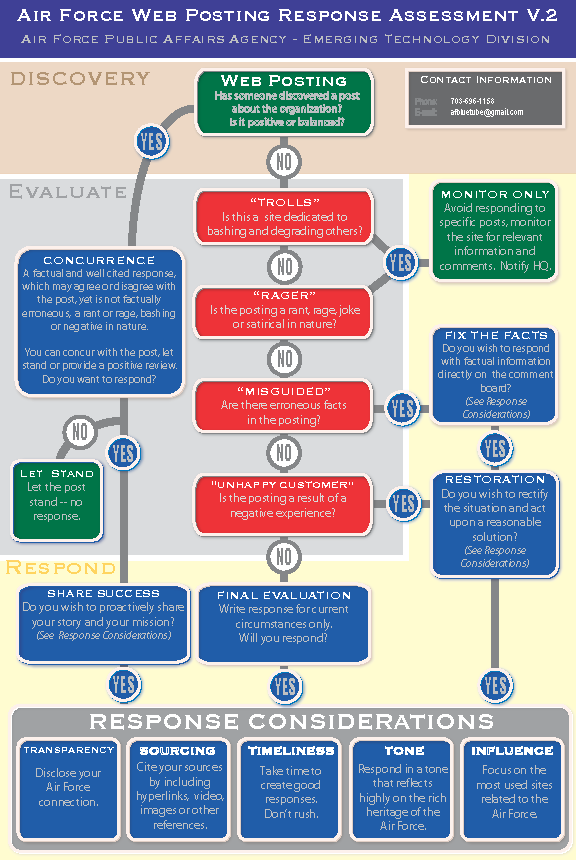Reports that say that something hasn’t happened are always interesting to me, because as we know, there are known knowns; there are things we know we know. We also know there are known unknowns; that is to say we know there are some things we do not know. But there are also unknown unknowns – the ones we don’t know we don’t know.
— Donald Rumsfeld
My morning starts with a river of data. First up, there is email – a quick run by the inbox alerts me to urgent issues, questions, client inquiries and news. Every email I open, every link that I click and every article that I read is marked, tagged, tracked and collated. And then it’s over to LinkedIn’s news feed to check what is happening in the industries I care about. Having built a substantial network of well-connected and insightful connections over the years, I get a very quick sense of what is trending globally, what is vital locally and what needs to be reported or responded to. Finally, I switch to Facebook. I am blessed with opinionated and smart friends who share and increasingly, the richness and quality of news and insight available through that network is out-pacing all other channels.
But what am I doing here? I am working with Donald Rumsfeld’s mantra. I am looking to these networks to tell me the things that I don’t know that I don’t know. Essentially, this data is helping me look beyond my radar.
The same approach can be applied to marketing. In fact, for marketers to remain relevant and responsive – we need to be looking beyond our own radar.
For as long as marketers have been marketing, we have used media to reach our customers. We’ve equipped our teams with megaphones and messages and marched them to the perimeter of the business compound. To reach our customers, we buy and create media – after all, as the adage says, “fish where the fish are”. But this is the inside-out marketing model from the 20th Century – and social media has turned it inside out.
Turning to sites like Twitter or Facebook – or even LinkedIn for the B2B marketer – can feel like facing a firehose. The torrent of information coming through is astounding. Just take a look at the recent social media statistics for Australian audiences:
- Over 13 million using Facebook
- 13.5 million using YouTube
- 2.5 million using Twitter
But it’s really not the big numbers that are important here. It’s what you do with them.
The known unknowns of our customer data
Just as I do each morning, marketers need to be thinking selectively about their customers. Rather than aiming to speak – or “connect with” all 2.5 million Twitter users in Australia, why not start somewhere easier? Why not start with the “known unknowns”? Why not start by figuring out WHICH of our customers are using Twitter or Facebook (ie a lot of them), and improving our understanding of those people?
Most modern CRM platforms have fields that allow you to collect the Twitter handles or Facebook profiles of your customers. Why not start by understanding how many of your existing customers have this information included in their profile? This gives you your known unknowns:
- Run a report on your completeness of social media profile data in your database
- Use Facebook custom audiences to match Facebook profiles to your existing email database
- Do some profile matching via Twitter to do the same
- Run an email campaign asking for that one additional piece of information. Provide a useful incentive. Make it worthwhile.
For most organisations, taking these small steps would take less than a day. And it paves the way for much deeper exploration.
Combining Voice of the Customer and Analytics as your over the horizon radar
Once you know who your customers are on social networks, it opens the door to a much richer experience for both you as a marketer and your customers as consumers. And what you’ll find on social networks is not the well-manicured conversation of corporate marketing – you’ll find the very direct “voice of the customer”. Generally, however, our “social listening” platforms are built around our own keywords. Our products. Brands. They are only sometimes built around understanding our customers pain points, needs and expectations. This means we are again working from the inside-out – working with the known knowns.
Thankfully, powerful natural language processing is beginning to provide the analytics horsepower we need to decipher social streams. I have explained previously about the way that IBM and AusOpen collaborate to transform customer experience at the Australian Open Tennis events – but analytics is no longer the domain of big business. With platforms like IBM Watson now available at an affordable rate (starting at around $50 per user), you don’t need to be “Tennis Australia” nor a data scientist to understand what’s going on with your market. You just need to understand your business.
Take a look at this video to see how you can use Watson and Twitter data to analyse retail sales. Look at the way that the language in the real time reports is structured around the way that marketers work. Rules are setup and then data populates accordingly. But most interestingly, because Watson works with natural language – it works with the language of the marketer as well as working with the language of the customer.
For marketers, this means that Watson does the hard work of identifying the most interesting facts contained within your data sets, letting you focus on making the right decisions about what happens next. For example (at 2:13), “sales by state” is flagged. Watson chooses the best representation of the data (in this case, a map) but also provides a “ribbon of data” that can be used to interrogate and analyse at a deeper level. Typing in a search related to what you need to know (eg “tweets by hashtag”) turns that data into a report that lets you see immediately what happened to your sales data and why.
Suddenly that river of Twitter data becomes understandable. A connection can be made between your business results and the social media data coming from a particular channel in a particular location.
And in case you need to tell the story of your digital marketing and your analytics to your executive team – or to your customers – with a few clicks, the visualised data can be compiled into ready made infographics. Now you not only have a custom radar to understand your customer – you can link your customer and business value together. Will this make you a better marketer? It will certainly make you more relevant to your customer – and that is a win all around.
https://www.youtube.com/watch?v=7yEDUCc4qUg




